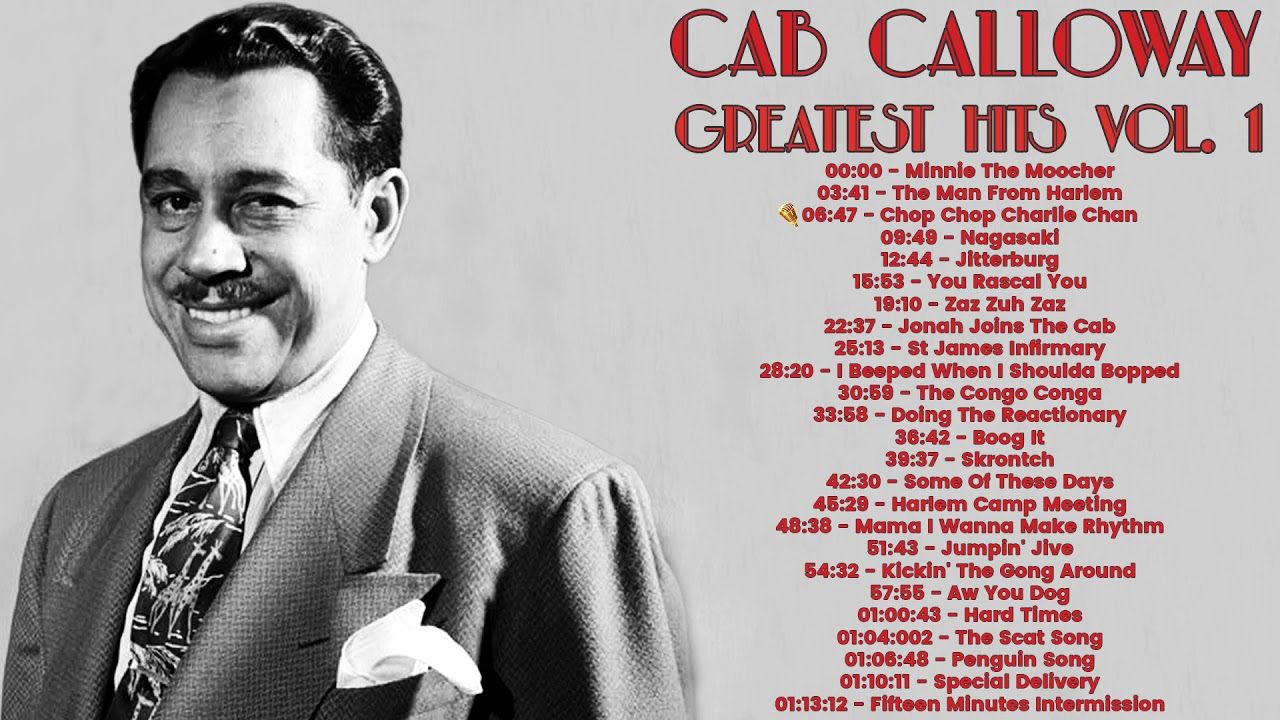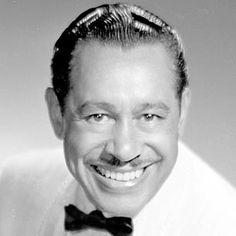Cab Calloway
A photo of Cab Calloway
Date & Place:
Not specified or unknown.


 Amanda S. Stevenson
Amanda S. Stevenson 

